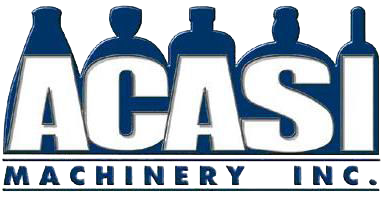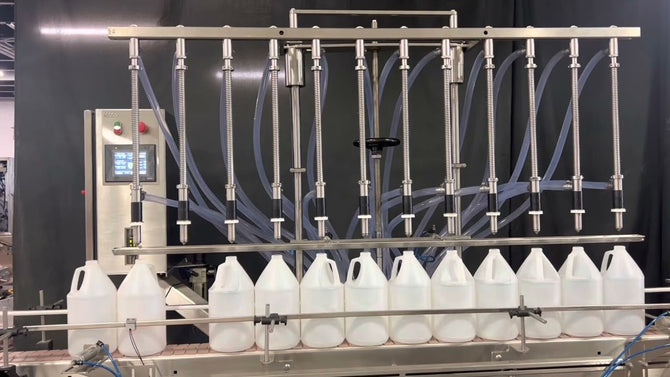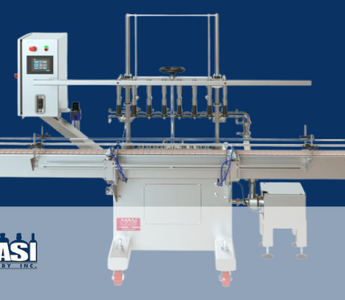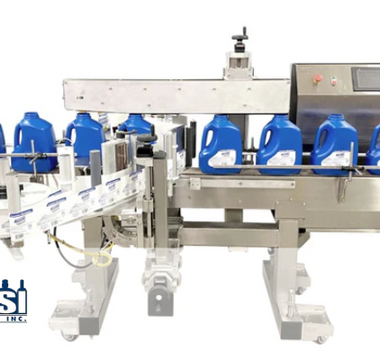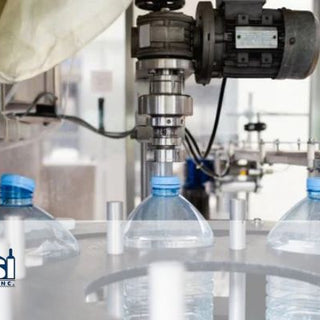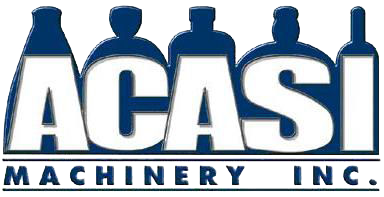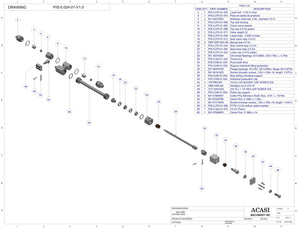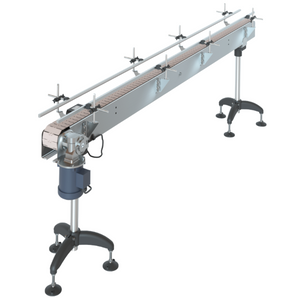A filling machine operator job is to run the filling section of a production line; depending on the type of liquid filler; the operator may be more or less involved.
For some liquid filling machines, technicians may need to set up bottling equipment for production and run them. At the same time, other operators will wait for a technician to prepare the filling machines for operation and only monitor the filling machine and do minor troubleshooting.
While a filling machine is running thousands of bottles during a production run, some issues may occur like:
- Bottles falling because of instability
- Spills from bad setups or bottle problems
- Product not reaching the machine
- Back-ups on the production line because of issues with equipment after the filling machine
- Bottles not getting to the filling machine
Why Do You Need a Filling Machine Operator
There are many types of filling machine production lines, and depending on the type, design, and set up, it may require or not a filling machine operator job. Here are a few:
- Manual Filling Machines: These are start-up machines and require a filling operator 100% of the time; this is a prolonged and inefficient process. Still, this is how most liquid filling starts and continues to fill the smaller batch production lines.
- Semi-automatic liquid fillers: This is the next step after manual filling machines; you still need an someone to operate machines 100% of the time. Still, the packaging machine operator will produce more than a manual filling machine.
- Automatic Filling Machines: These machines work automatically, so production lines don't require a dedicated filler operator. Once liquid bottling machines reach this level of automation, the packaging operator monitors more than one machine helping anywhere that will benefit the filling line output.
Running these automated liquid filling equipment increases efficiency and dramatically reduces production costs.
How To Make a Filling Machine Operator More Productive
- Document settings when the filling machine is operating as desired
A lot of the time, it takes many different trials to find a proper setup and adjust the machines where the filling equipment is performing as desired. There are hundreds of possible setup combinations when you have packaging machinery where you can adjust machines fill speed, conveyor speed, acceleration, and deceleration of conveyors, spacing between containers, and filling nozzles height, among other possible setups.
- Try new setups
Understanding that so many possible combinations are possible will help to realize that even when the filling machine is running well, there is probably an even better operator setup. Attention to detail and data collection will be important tools to optimize the function of the pack machine in operation.
- Consult with the manufacturer
The packaging or filling machine manufacturer has vast experience. Therefore, it would be an excellent resource to contact them. In addition, sometimes, a video showing a setup will be enough to get recommendations that will increase the productivity of the filling machine as well as provide preventive maintenance guidance to avoid shutdowns.
Which Bottling Machines Need or Don't Need a Machine Operator and Tenders
- Manual and Semiautomatic Filling Machines
These machines require an operator to run, move containers, nozzles or align them or press a foot switch or a button. A capable machine operator makes a big difference; with experience, some of these filling machine operators can become extremely fast at their job.
- Automatic Inline Filling Machines
Automatic inline filling machines don't require an operator, but you must have a stable setup that you can rely on before deciding not to use one. For these, you need:
- Good setup mechanic or technician job: Instead of having a filling machine operator, you need a good mechanic to do a great setup that you can rely on.
A good setup means that the machine can run unsupervised for a prolonged time of 15 minutes or more; if you can achieve this going from 15 minutes to hours without supervision is very close.
- Back-Up Sensor: Besides having a good setup for the machine, it's equally essential for the filling machine not to run when there are delays in the packaging equipment following the filling process. Most manufacturers offer a back sensor that takes care of that process, so if the sensor detects containers ahead at the exit of the filler, it prevents it from doing a cycle and sending bottles or containers to a stopped process
- Automatic Inline Filling Machines
Rotary machines will work great without a filling machine operator but require an organized, skilled mechanic to set up and exchange infeed screws, starwheels, heights, and sometimes filling nozzles or pistons.
Difference Between a Filling Machine Operator and a Set Up Mechanic
A filling equipment operator is a person operating a filling machine. Their primary responsibility is to get as much production as possible, clear machine jams and in some cases help with quality control, so they need to:
- Operate the filling machine as fast as possible; this may require moving the containers in and out as possible, minimizing motions to maximize productivity
- Operate the liquid filler to avoid spills; some bottling equipment and conveyors need cleaning if there are spills before continuing production; when this happens, filling speed goes to zero, creating significant losses in bottling production.
- Each bottler is different, but when you have a manual operator, sometimes they need to spend 7 to 8 hours running the machine. This type of job is not for everyone; it's essential to realize that and don't be afraid to try new workers for the job.
A setup mechanic is a person adjusting and tweaking the bottling machinery so it runs as reliably, without spills, and as few misses as possible; they need to:
- Setup liquid filling machines and explain what they need to do to the operator. Then, depending on the operators' ability to run the bottling line, these mechanics get called to help constantly to solve any issues during production.
- They set up multiple machines in addition to helping with peripheral equipment like pumps to feed liquid filler, cap elevators to feed capping machines, mixers, labeling machines, and conveyors.
How Much Does a Filling Machine Operator Make
What bottling equipment operators make varies drastically depending on:
- Ability - Worker Characteristics: Most filling machine operators will start close to the minimum wage or minimum available rate in their area so the level of education is not a factor and very few companies ask for a school diploma or equivalent. But all bottling facility managers will increase their salary quickly to an operator they can rely on and get more production at the end of the day.
Workers who pack food are always needed, and depending on the job responsibilities there may be more or less room to grow.
- Location: Each city has a different base depending on the current situation, unemployment rate, and States minimum wages, among others. So the average salary will fluctuate substantially. The Department of Labor will have wage data from the state or city is widely available and it can be a great resource to take an educated decision.
- Type of machinery: If an operator is running a manual filler, their ability brings an opportunity to get paid more if they can perform at high speeds versus an operator running a machine where the job requires mainly supervision.
Best Growth Road for a Filling Machine Operator
Liquid filling machine operators don't need to be highly qualified, and the average salaries reflect this. The best road for growth and higher wages is to become a Setup Mechanic; this is a viable road for all filling machine operators since they are very familiar with the machinery; they just need to be attentive, learn and apply themselves.
